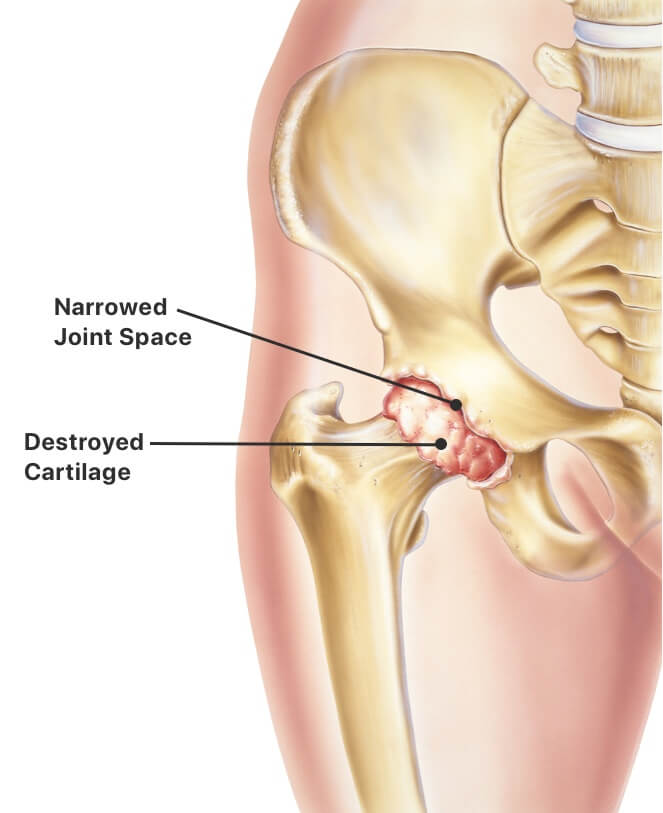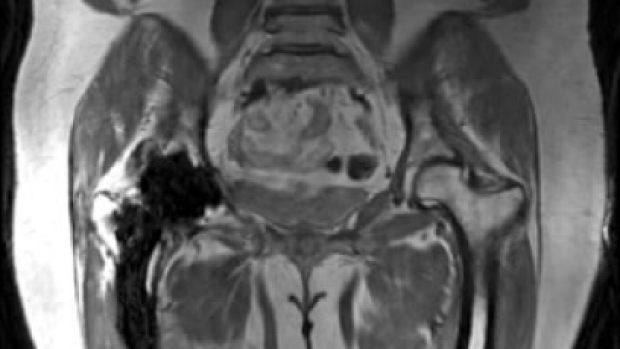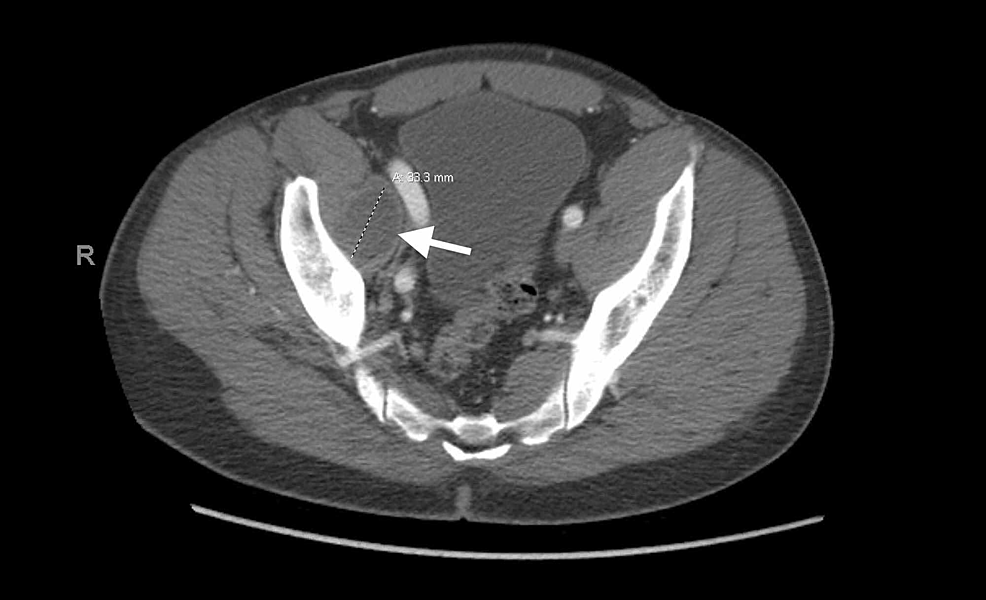Metallosis is a type of metal poisoning that can occur as a side effect of joint replacement devices with metal components such as metal on metal hip replacements or other metal implants.
Metal on metal hip replacement complications mri.
Considered to be the most common indication for revision surgery 1 2 4.
Ajr am j roentgenol 2012 199 4 884 893.
Metal on metal hip replacements release metal ions into the bloodstream.
In recent years information about the wear of certain metal on metal devices has raised concerns about their use.
These metal implants have been used in total hip replacement and hip resurfacing procedures.
This may also involve fitting a femoral stem to fix the ball onto in a total hip replacement.
Reports of patient reactions to these ions have spurred the fda to order the 21 makers of these devices to perform new.
All artificial hip implants carry risks including wear of the component material.
Complications are many and can occur at various time intervals following the initial surgery.
The fda has provided information for patients with a metal on metal hip implant.
If there s damage to your hip then you ll need revision surgery in which the metal on metal implants will be removed and new ones inserted.
Regional muscles and tendons were assessed for tendinosis tear atrophy and edema.
Other causes of pain that can affect all types of hip replacement include loosening wear and infection.
Complications of total hip arthroplasty are common and it is essential for the radiologist to be aware of them in the assessment of radiographs of total hip replacements.
Mri findings in painful metal on metal hip arthroplasty.
Check ups are a precautionary measure to reduce the small risk of complications and monitor patients who have had the devices implanted for a long time.
Some patients who had a hip replacement prior to may 18 2016 may have received a metal on metal hip implant.
The mri examinations of patients with metal on metal hip prostheses placed at resurfacing arthroplasty n 31 or tha n 29 were reviewed for osteolysis synovitis extracapsular disease synovial pattern and mode of decompression into adjacent bursae.
These devices are made from a blend of several metals including chromium cobalt nickel titanium and molybdenum.
Common complications of hip replacement procedures are periprosthetic fractures implant loosening joint instability hardware failure infection.


























